
You've heard me say it before. Being a librarian is the best job in the building. One reason why is that librarians are in a unique position to impact instruction because we are the only teachers in the building who have the opportunity to teach every student across every content area and every academic level. This means that at various points in the year we co-teach math. This can be challenging for librarians because we don't always think of the math team as natural library collaborators. However, at Kilmer our math department includes some of our most open and willing partners with whom we have worked on a number of fun instructional activities. Check out some of the ways we have supported our math curriculum.
Algebra Problem Solving Festival
This festival, developed to highlight problem solving skills, was a perfect partnership with the library. Our Algebra students circulated to different stations, infused with both hands-on manipulatives as well as technology, thinking critically and creatively. Math 8 Mall One of our Math 8 teachers approached us this year with an idea to teach her students about tax, tip, and interest. She wanted to set up a mall, with students playing the roles of both shopkeepers and shoppers. We got to work, creating a range of storefronts and restaurants with a variety of products. We made receipts for the shopkeepers to complete and a check register so that the shoppers could keep track of their purchases. Students spent two days in the mall, switching roles on the second day so that every child had the opportunity to serve as both shopper and employee.
Equation Scrabble
Equation Scrabble was the incredible brain child of our math department chair and was developed in collaboration with our math coach. Our math team created 100 tiles, with the same letter and number values as a traditional Scrabble game. On the back of each tile was an equation -- the difficulty of the equation was matched to the point value of the tile so higher point value meant harder equations. In pairs, students asked for a one letter at a time from our tile distributor (thinking carefully about possible words), solved the equation, checked their answer with a teacher (or got assistance at the "Math Help Desk" if struggling), then claimed another tile. Once able to spell a word, pairs went to our Scrabble board (displayed on the screen by document camera) to get a word on the board. This was a fun and engaging way to have students work through increasingly complex equations.
Special Ops
To help our Math 7 students review the concept of order of operations we set up a series of hands-on activities called "Special Ops." Students worked through activities such as physically lining up in order based on an operations sign (without talking) and playing order of operations hopscotch. Students rolled dice to determine the numbers in an equation and solved equation dominoes. This practice was a memorable and interactive way to emphasize the order of operations. How do you collaborate with your math team? What ways do you bring math instruction into the library? If you haven't collaborated with your math team, we hope you'll be inspired to start. -Gretchen You might also like:
1 Comment
Rita Foran
10/11/2018 08:25:51 am
Is there any way to get more information about Math Scrabble? It sounds awesome.
Reply
Your comment will be posted after it is approved.
Leave a Reply. |
Who We Are
Join our list!Archives
September 2020
Categories
All
|

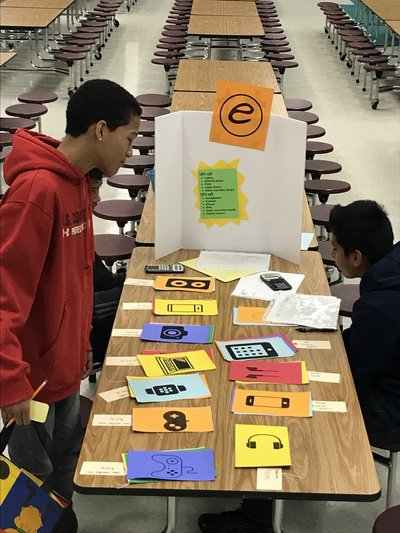
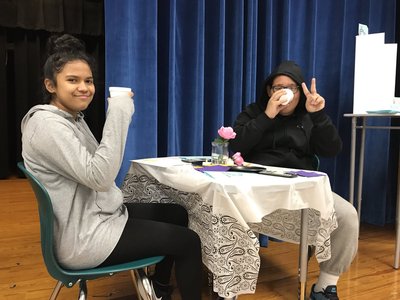
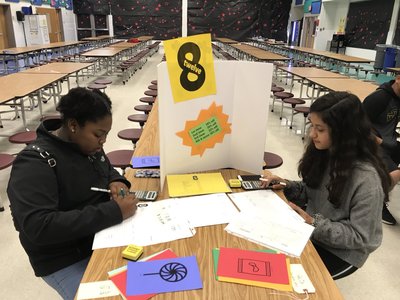
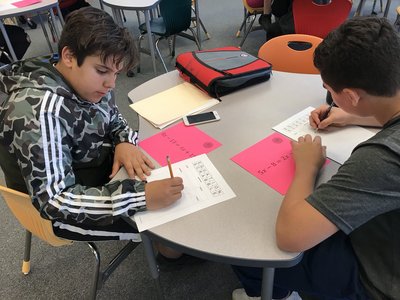


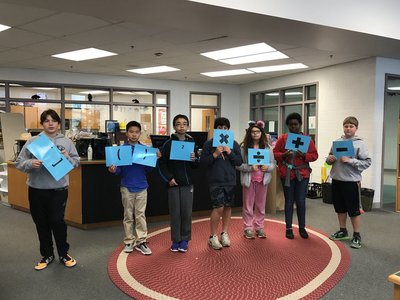
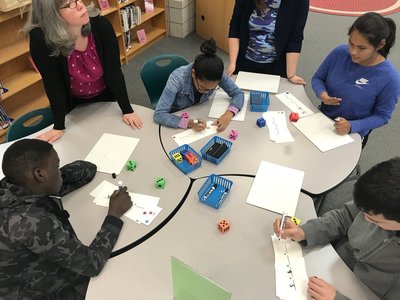
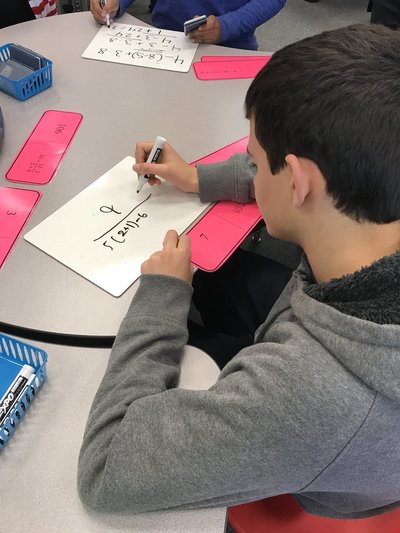





 RSS Feed
RSS Feed